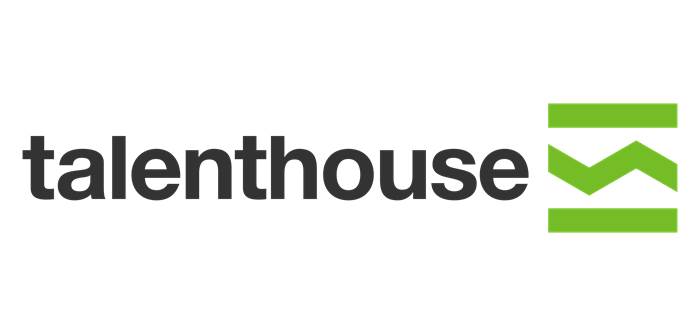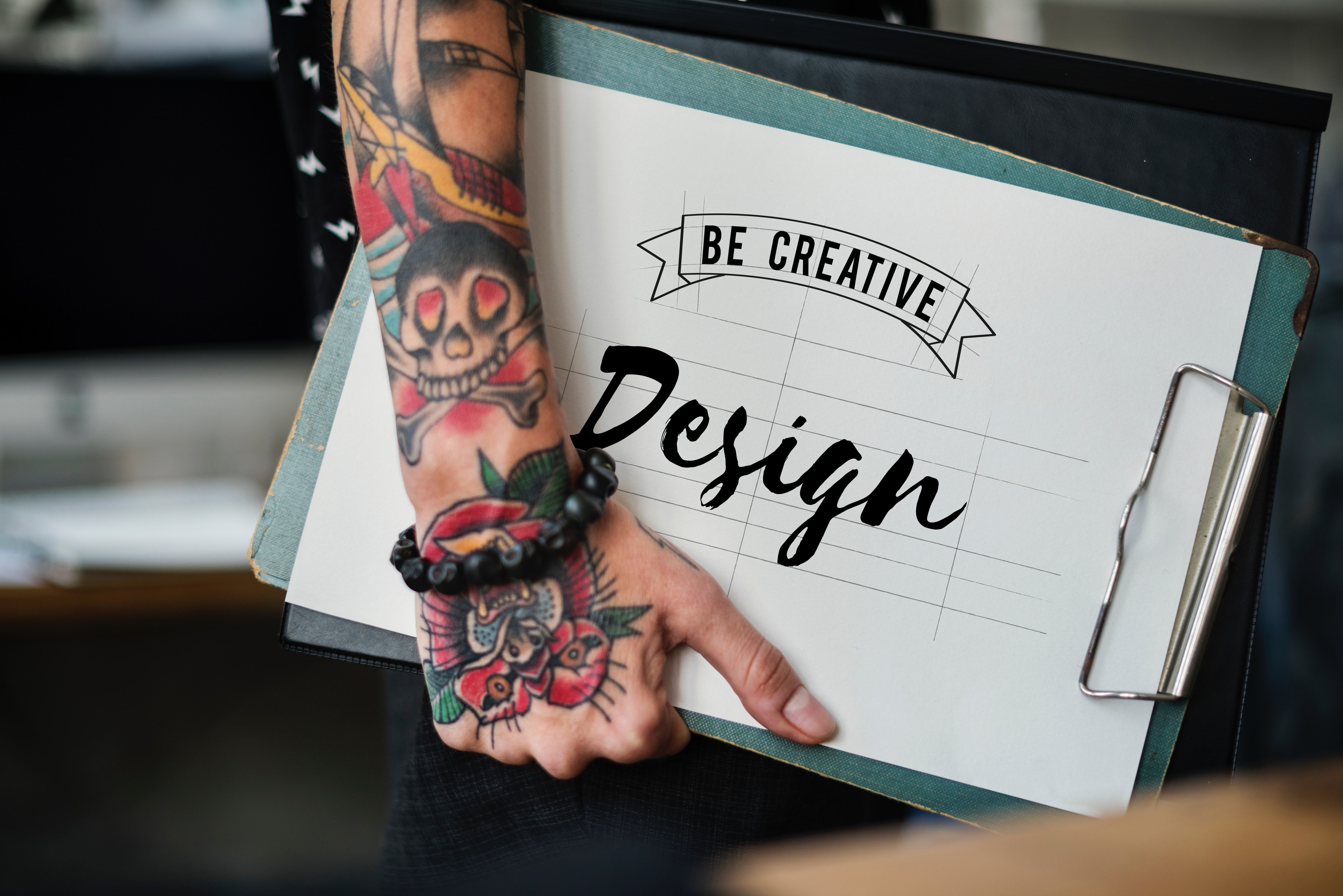Crowdsourcing has been a big topic in recent years and it's got a pretty bad reputation these days.
BUT is it all bad?
In this post, we talk more about the pros and cons of entering crowdsourced design contests. So you decide
if they are something you should consider taking part in.

In case you aren't 100% sure on the term crowdsourcing it is defined as:
'The practice of obtaining information or input into a task or project by enlisting the services of a large number of people, either paid or unpaid, typically via the Internet.'
Crowdsourcing Sites:
For more information and a walk though on how to use these sites watch the video tutorial above.
Some of the sites listed above are incredibly popular with designers and all offer paid design work. However there are arguments for and against Crowdsourcing and it does have a pretty bad reputation in the creative industry for exploiting the talent of upcoming artists. There is also the matter of paying a fair price for their work or in some cases paying at all!
Would you want to work on a project with no guaranteed payment but in turn end up with new skills and work?
It's an interesting question to mull over!
Is Crowdsourcing all bad?
Let's take a look at the pro's & cons for both creatives and clients.
Pro's for Creative Professionals:
- Great way to practice and work on real projects
- Projects to include in your portfolio or website
- Learn from others and they work they create
- Allows you to specialise i.e graphic t-shirt design
- Projects can be taken on besides full-time position
- Potential to gain clients and get recognition
- Levels the playing field for designers from all backgrounds
Pro's for Clients:
- Quick setup time and fast results
- Cheaper than hiring a senior designer or entire agency
- Wider range of submissions from various demographics
Con's for Creative Professionals:
- Not all clients can communicate well
- Some great entries can get overlooked by clients based on personal taste
- Easy to feel stressed during the process and disheartened if you lose
- Copycats in open contests (reporting process can be tedious)
- Hard to track down if a client steals an idea without paying for it
- Discourages collaboration between creatives
- Not always guaranteed payment for work
Con's for Clients:
- Quality is not guaranteed (most sites offer refund if no winner is awarded)
- Lack of confidentiality (99designs handles NDAs really well)
- Needs to be managed if you receive a lot of entireties these need to be sorted through.
Conclusion
Personally we believe if you decide to take on Crowdsourcing projects you should use them as a way to tackle new projects, learn and develop work for your portfolio. However we wouldn't recommend you use it as a full source of income because it's pretty unreliable.
Remember your work has value and any kind of project you work on (crowdsourcing or not) should be valuable to you in terms of education, creative development or financial gain. You can decide how you would like to proprieties these outcomes.
Use it as a warm up?
Some creatives use sites like fiverr to warm up thier creative muscles at the start of the day before they crack on with their full time design jobs.
So there are other ways to approach these kinds of sites which you may find beneficial, especially if you have some spare time!
You can also learn more about professional standards for formating & displaying work as well as the types of files clients will want sent over with free resources provided on sites like 99designs.
Again this is not of use to an existing professional but for anyone learning or switching careers could prove very useful.
Check out the video to learn more about the different creative Crowdsourcing sites and how they work so you can decide if they could be beneficial to you!










